Learn how to Make a Circle Photo Collage In GIMP. The trick is by creating a circle shaped selection using the Ellipse Select Tool, create a new layer for the circular shape, fill the selection with the color you choose, insert an image into the document as a layer, then add a layer mask. You can add a drop shadow filter if desired. Next, you can duplicate the circle layer as many as you want.
Download GIMP Circle Photo Collage template here or browse others free GIMP Collage Templates.
Step 1: Create a New Image
Use File>New or else just press Ctrl+N.
The Create a New Image dialog box appears. In the pop-up window, you can set the Width and Height of the new image.
Enter a value for the initial width with 3000 px and height with 2000 px manually or through the up and down arrows. Click Advanced Options, select Transparency for “Fill with”.
Click OK.
Step 2: Draw a Circle Selection
Select the Ellipse Select Tool from the toolbox or else use Tools> Selection Tools> Ellipse Select (E). Click and drag your mouse to choose a portion of the document.
Just leave the mouse when you are done. You should see a dotted line or marching ants outline the selection.
Now, the selected portion of the document has been picked or selected.
Step 3: Create a New Layer
Step 4: Fill the Ellipse Selection With White Color
Make sure the background color is white by pressing keyboard key D, then go to Edit> Fill with BG color (or by using the keyboard shortcut Ctrl+.).
Now the white color fills the active layer selection.
Step 5: Shrink Selection
The Shrink command reduces the size of the selected area.
Use Select> Shrink. The Shrink Selection dialog box appears.
In the pop-up window, set your shrink value manually or through the up and down arrows. Click OK to apply.
Step 6: Fill Selection With Gray Color
Click the background color box. The Change Background Color dialog box appears.
Choose a gray color and click OK. Go to Edit> Fill with BG color (or by using the keyboard shortcut Ctrl+.).
Now a gray color fills the active layer selection. You can remove the selection by going to Select> None.
Step 7: Add Drop Shadow
Make sure you already use Select>None to remove the ellipse selection.
Use Filters> Light and Shadow> Drop Shadow. You can just leave the default value and then click the OK button.
Finally, merge the two layers by going to Layer> Merge Down command.
Step 8: Duplicate The Circle Shaped Layer
Select the circle layer on the Layers Dialog.
Use Layer> Duplicate Layer (or by using the keyboard shortcut Shift+Ctrl+D). A new layer which is a nearly identical copy of the active layer added to the image. Now select the duplicate layer on the Layers Dialog.
Click the Move Tool icon or else use Tools>Transform Tool>Move.
Use Layer> Duplicate Layer (or by using the keyboard shortcut Shift+Ctrl+D). A new layer which is a nearly identical copy of the active layer added to the image. Now select the duplicate layer on the Layers Dialog.
Click the Move Tool icon or else use Tools>Transform Tool>Move.
Then Click and hold anywhere inside the duplicate circle layer and drag to the position you want.
Step 9: Resize Using the Scale Tool
You can now edit the new circle shaped layer as follow:
Use Tools>Transform Tools>Scale command to resize the layer.
Click anywhere inside the layer.
The Scale dialog box appears. In the Scale dialog box, click the chain to keep the layer does not distort.
Enter new values for the layer's width and height manually or through the up and down arrows. Press the Scale button when you are done.
Step 10: Duplicate The Circle Shaped Layer As Many As You Want
Repeat steps 8 through 9 to duplicate the circle layer as many as you want and then arrange it all to your satisfaction.
Step 11: Insert Image
Use File> Open As Layers command in the top menu (or just pressing Ctrl+Alt+O) to open the image you'd like to insert.
The Open Image as Layers dialog box appears. Navigate through your folders and click on the image, then click Open.
You can now edit the image as follows:
- Use Tools>Transform Tools>Scale command to resize the image. Click anywhere inside the image. In the Scale dialog box, click the chain icon to keep the image does not distort. Enter new values for the image's width and height manually or through the up and down arrows. Press the Scale button when you are done.
- Use Tools>Transform Tools>Move command to move the image. Click and hold anywhere inside the image and drag.
- Rotate the image by using Tools>Transform Tools>Rotate, a Rotation Information dialog is open. Set the angle, center X, and center Y, and click the Rotate button.
- Press Enter key when you are done.
Step 12: Add a Layer Mask
Toggling the visibility of the image's layer by clicking on the eye icon on the left.Click “Select by color” tool or else use Tools>Selection Tools>By color Select.
Click on the inner circle shaped layer that is in gray color.Click on
the image's layer.Again, toggling the visibility of the image's layer by
clicking on the eye icon on the left.
Go to Layer> Add Layer Mask, choose “Selection”.Click the Add button.
Remove the selection by going to Select> None.
Step 13: Insert Other Images
Repeat steps 10 through 11 to insert all the images.
Step 15: Save Your Document
Use File>Save command in the top menu or else just press Ctrl+S to save your project file.
The Save Image dialog box appears. Navigate to the folder where you want to store your project file.
Type a name in the Name text box and leave the default GIMP (*.XCF) format. XCF is GIMP's native format and is useful because it stores everything about your image and will allow you to later edit your image in GIMP, in case you notice a problem.
Click Save to store the project file.
Once you have finished, you will probably also want to export the image in a more widely used format, such as JPEG, PNG, TIFF, etc.
There you have it! Circle photo collage in GIMP.Once you have finished, you will probably also want to export the image in a more widely used format, such as JPEG, PNG, TIFF, etc.



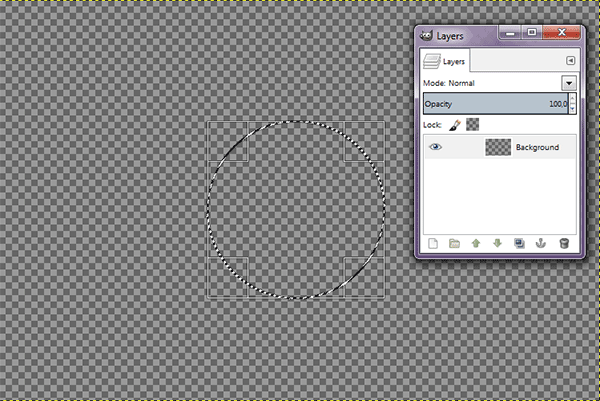

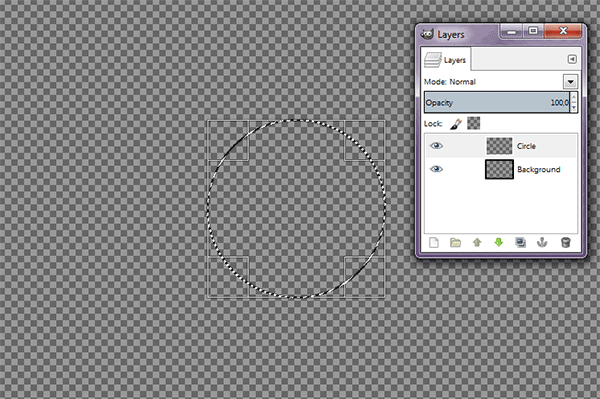
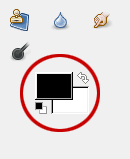








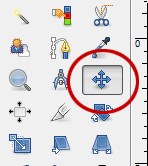



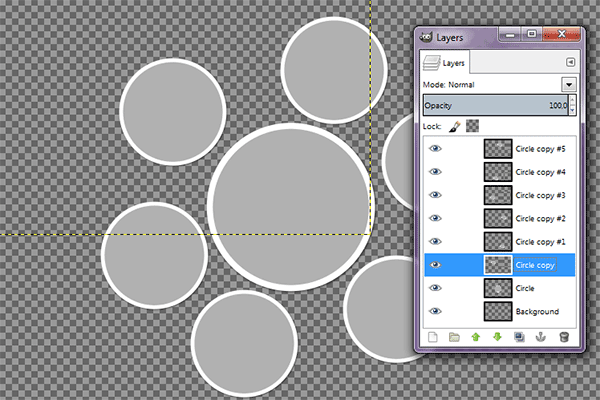








thank you very much. it is really helpful
ReplyDeletehow is the background added?
ReplyDelete